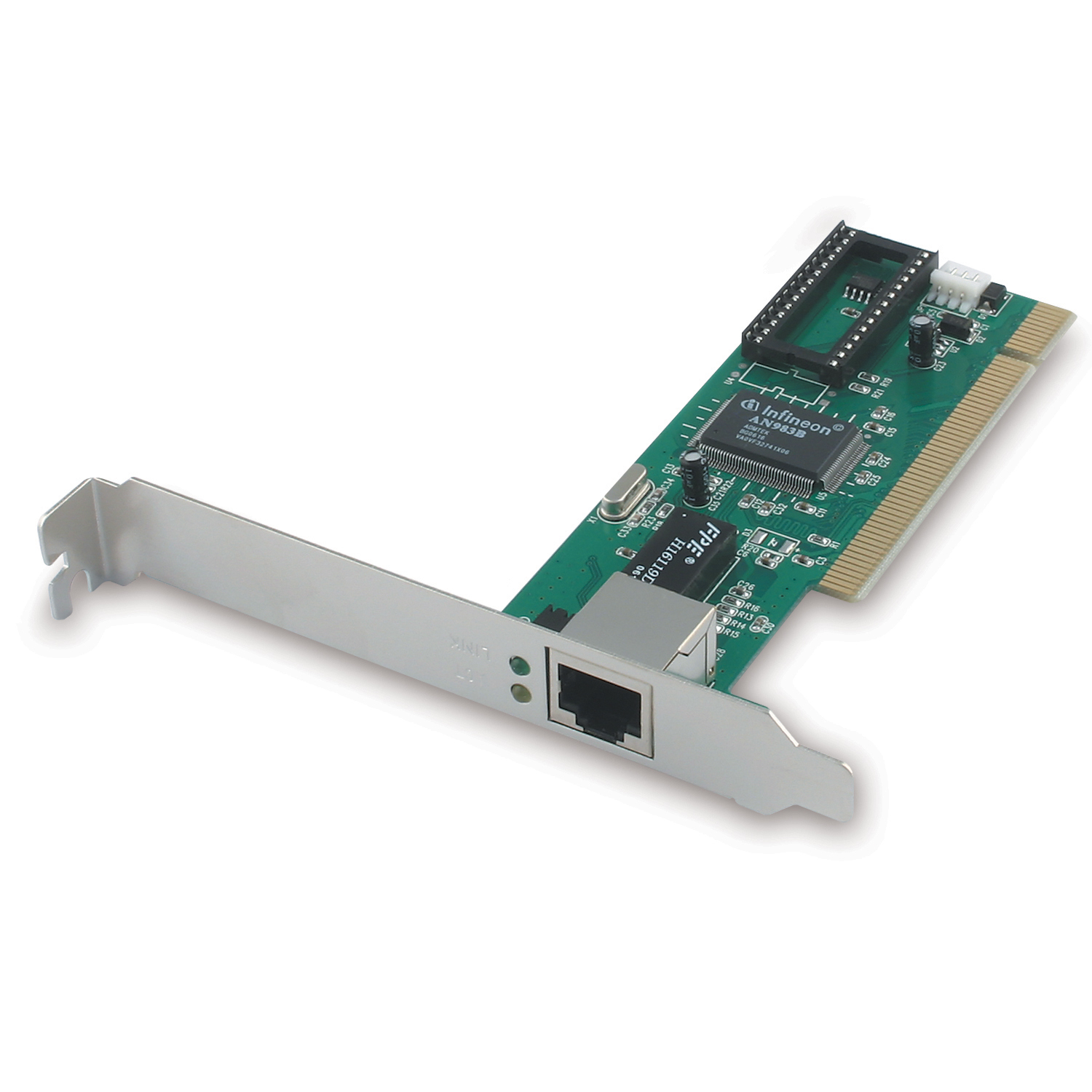
If the bandwidth is lower than the NIC or multiple computers are connected with the same controller, the labeled speed will be slowed down. All NICs have a speed rating in terms of Mbps that suggests the general performance of the card when implemented in a computer network with ample bandwidth.

Network interface card components include the following: This support could also be accomplished by combining multiple NICs. These are expensive and more complex NICs that are used as a high-speed support system for network traffic handling on server computers. These are NICs that provide network connections through a device plugged into the USB port. The most popular wired LAN technology is Ethernet. These are NICs that have input jacks made for cables. Wireless NICs are designed for Wi-Fi connections. These are NICs that use an antenna to provide wireless reception through radio frequency waves. While the standard NIC is a plastic circuit board that slides into a computer to connect with the motherboard, there are multiple ways this connection can occur: The term network interface card is often considered interchangeable with the terms network interface controller, network adapter and LAN adapter.

When purchasing a NIC, specifications should correspond with the standard of the network. Expansion card NICs can be purchased online or in retail stores if additional independent network connections are needed.

However, more modern controllers are built directly into the computer motherboard chipset. Originally, network controllers were implemented as expansion cards that could be plugged into a computer port, router or USB device.

The card gets these signals and translates them into the data that the computer displays. For example, when a user requests a webpage, the computer will pass the request to the network card, which converts it into electrical impulses.Ī web server on the internet receives the impulses and responds by sending the webpage back to the network card as electrical signals. The network card operates as a middleman between a computer and a data network.


 0 kommentar(er)
0 kommentar(er)
